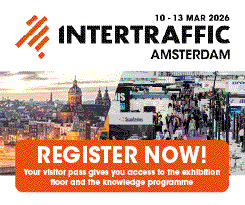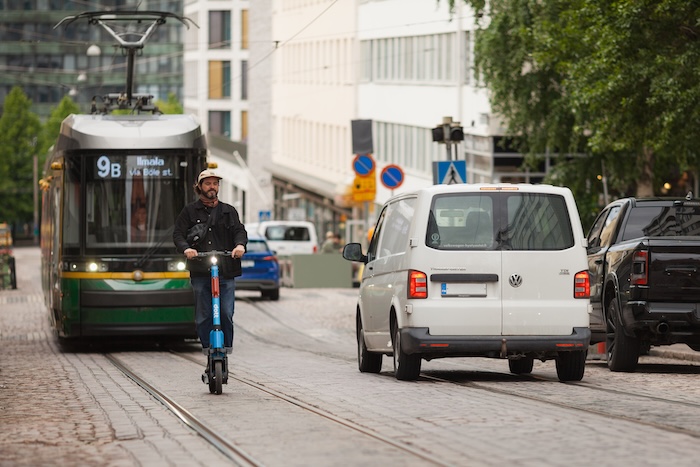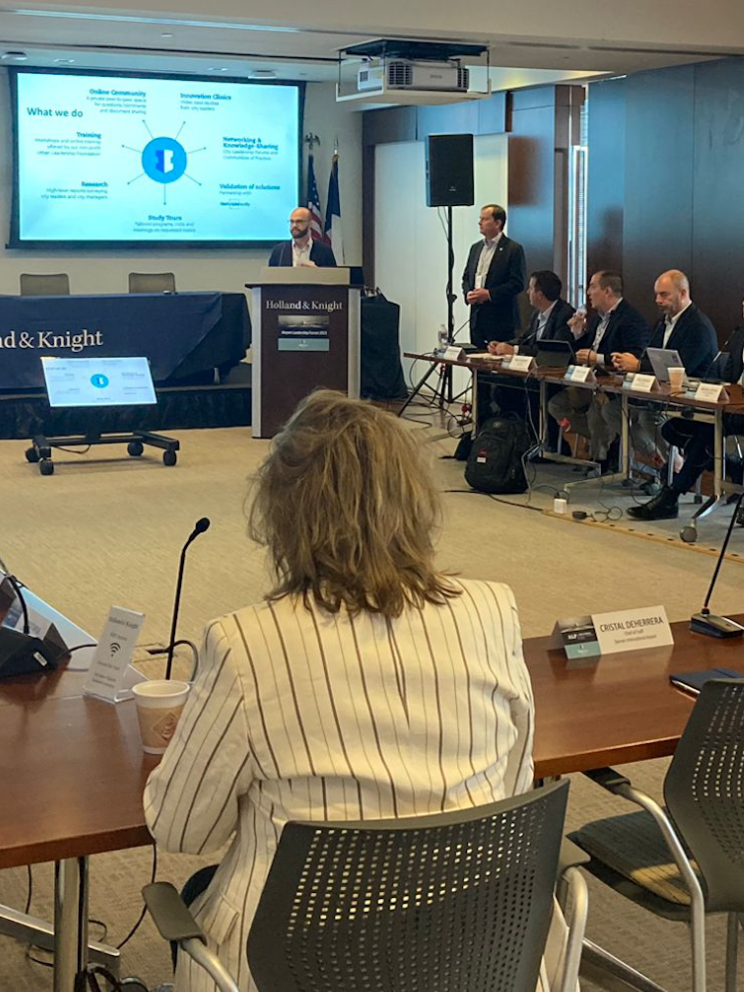
How US legal frameworks must evolve to deliver Vision Zero
06 November 2025
by Jonathan Andrews
As cities accelerate Vision Zero strategies, legal frameworks are struggling to keep pace. In this interview, Hogan Lovells’ Senior Counsel Jackie Glassman (pictured) explores where responsibility sits between federal, state, and local authorities–and the regulatory shifts needed to support safer streets, new mobility technologies and climate-aligned transport systems.
How well aligned are current federal, state, and local frameworks when it comes to Vision Zero and broader sustainable mobility goals?
Jackie Glassman: In the United States, there is general alignment across federal, state, and local levels when it comes to prioritising safety in transportation. The federal government has consistently stated that safety remains its top priority. While funding, grant programmes, regulation, and staffing challenges remain, the overall policy direction for improving safety, reducing crashes, and lowering fatalities is broadly consistent.
The picture is very different when it comes to emissions and environmental policy. There are strong differences of opinion on the right approach, which makes this area far more uncertain and politically contentious than the safety agenda.
Where do you see the biggest legal or policy conflicts between federal safety standards and local traffic-calming or emission-reduction measures?
JG: Emissions policy is where we see the greatest tension. A major issue centres around California’s waiver, which allows the state to set its own emissions standards. Other states can choose to follow California or stick with federal rules, and there is an ongoing debate about whether California should continue to have this authority and influence national policy.
On the safety side, a key friction point is that the federal government historically regulates the vehicle, while states and cities regulate driver behaviour. With the rise of automated driving systems, the “driving task” is increasingly carried out by the vehicle itself–a system that is considered motor vehicle equipment and therefore under federal jurisdiction. Yet those systems must comply with state and local traffic laws. This blurring of responsibility has the potential to create conflict between government levels.
To what extent can cities legally innovate in mobility policy–such as implementing low-emission zones or automated enforcement–without state or federal pre-emption?
JG: Cities generally have considerable ability to innovate. Low-emission zones, however, can become entangled in the California waiver debate. At federal level, there is rarely direct intervention preventing cities from taking action unless a specific federal programme already governs that area.
Where we see more restriction is at state level. Some states have passed legislation prohibiting cities from using certain automated enforcement tools, while others have introduced laws allowing them, usually with conditions. These tensions are primarily between state and city powers rather than between federal and local government.
How can liability frameworks evolve to support new technologies–like connected vehicles and shared micromobility–while maintaining Vision Zero accountability?
JG: Autonomous vehicles are fundamentally aligned with Vision Zero because the core aim is to avoid crashes, while also recognising the need to minimise harm when crashes do occur.
Liability and insurance frameworks have evolved since the early days of motoring. Courts have continuously adapted through case law, looking at issues such as causation and contributory negligence. Today, cases increasingly concern advanced driver-assistance systems and autonomous technologies, including how responsible drivers remain when systems are designed to operate with limited human supervision.
A major shift in recent years is the availability of detailed data. Vehicles, infrastructure, and sensors now capture information that allows for a much more accurate and rapid understanding of circumstances surrounding an incident, far beyond what was possible even two decades ago.
How should data-sharing between jurisdictions be structured to protect privacy while enabling coordinated traffic safety enforcement and performance tracking?
JG: Effective policies depend on good, consistent data. The more high-quality and standardised the data is, the better the outcomes. Data can also help overcome political resistance, because clear evidence is harder to dispute.
Privacy can be protected by anonymising data so that personal information is not shared. Biometrics is a growing area of concern and policymakers may need to consider whether a “safety carve-out” in privacy rules is appropriate.
We need investment to build uniform data systems and to agree on which data points are essential across jurisdictions. Another emerging issue is bias in datasets and algorithms, which can embed inequities into policy or enforcement. Addressing this bias will be a critical area of focus in the years ahead.
Are there any promising legislative models–federal or state–that could serve as templates for more cohesive Vision Zero frameworks nationwide?
JG: Improvements in crash data reporting at state level are encouraging. Historically, only a few states had robust reporting systems. Today, many more collect consistent and useful crash data, which is essential for informed policymaking.
It is also worth noting that programmes encouraging small behavioural changes can have significant long-term impact. For example, national campaigns encouraging children to sit in the back seat helped improve child safety but also influenced parents to wear seat belts. Similarly, speed-reduction and traffic-calming measures in cities often lead to safer driving habits elsewhere. These cumulative behavioural shifts can produce substantial reductions in injuries and crashes over time.
What legal reforms or intergovernmental agreements would most effectively align safety, climate, and mobility goals?
JG: We will ultimately need federal regulation of autonomous systems, particularly as they become integrated into mobility infrastructure. Fortunately, the relevant federal agencies sit under one umbrella and can coordinate across safety, cybersecurity, privacy, and AI regulation.
States and cities can also play a leadership role in building consistency and collecting data that can inform national policy. Over time, this is likely to evolve into a more comprehensive federal framework that sits above state and local systems.
In your view, what has been the most significant evolution in road safety thinking since Vision Zero emerged?
JG: Vision Zero represents an important shift. In the past, policy treated crash avoidance and crash protection as two separate issues–leading, for example, to the development of seat belts and airbags on one side, and road-safety education on the other. We are now seeing a more holistic approach that integrates both prevention and protection. Cities promoting Vision Zero have helped drive this evolution by examining the whole system with a fresh perspective.
City Leadership Forum on Mobility
Image: Hogan Lovells









